- YouTube
- TikTok
‘Lost’ and Found
Oakland University professor recreates ‘lost’ Balanchine ballet
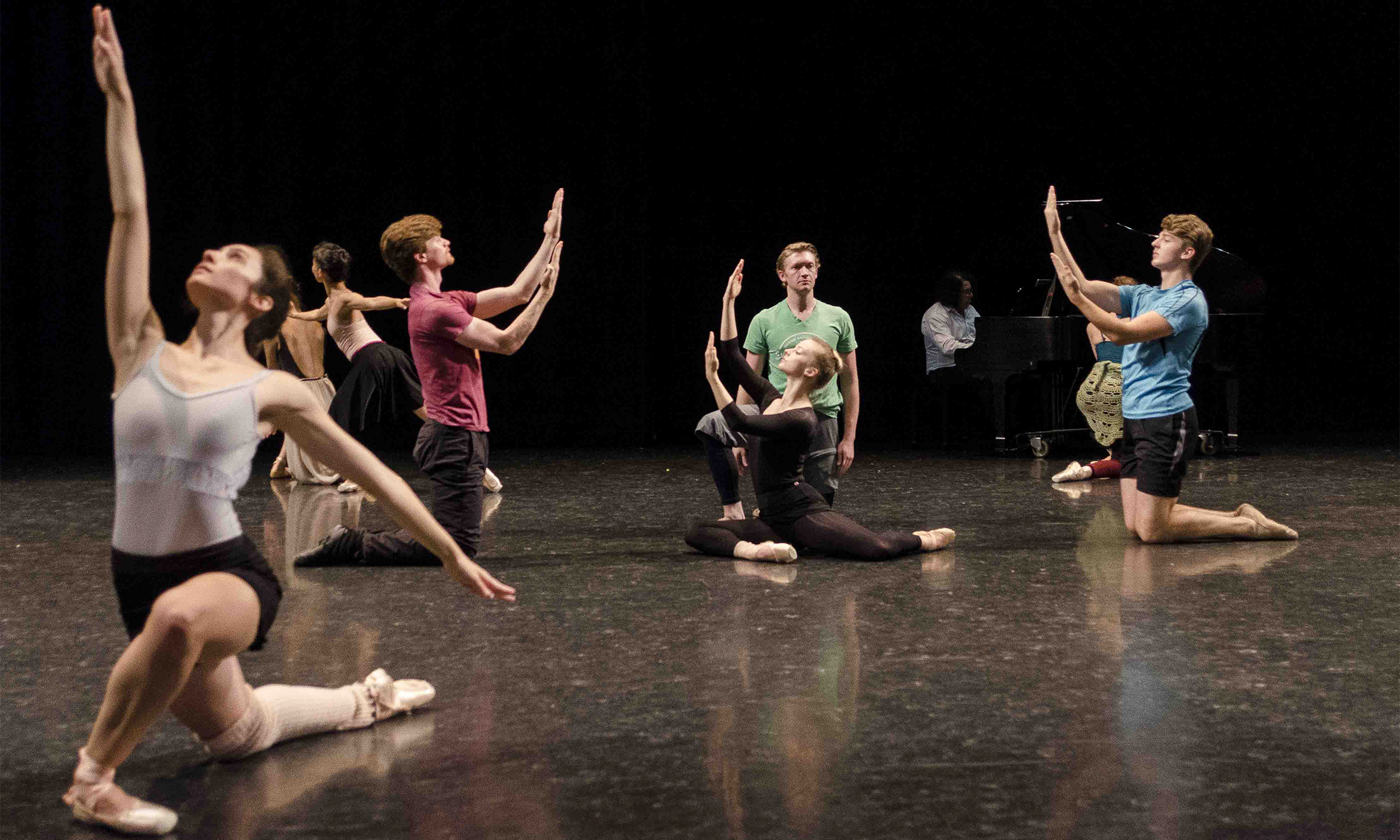
Oakland University will present "Envisioning Marche Funébre: A Study in the Early Choreography of George Balanchine" at 7 p.m. Nov. 3 in the Oakland Center Banquet Rooms. (Photos courtesy Ray Nard Image Maker and The George Balanchine Trust)
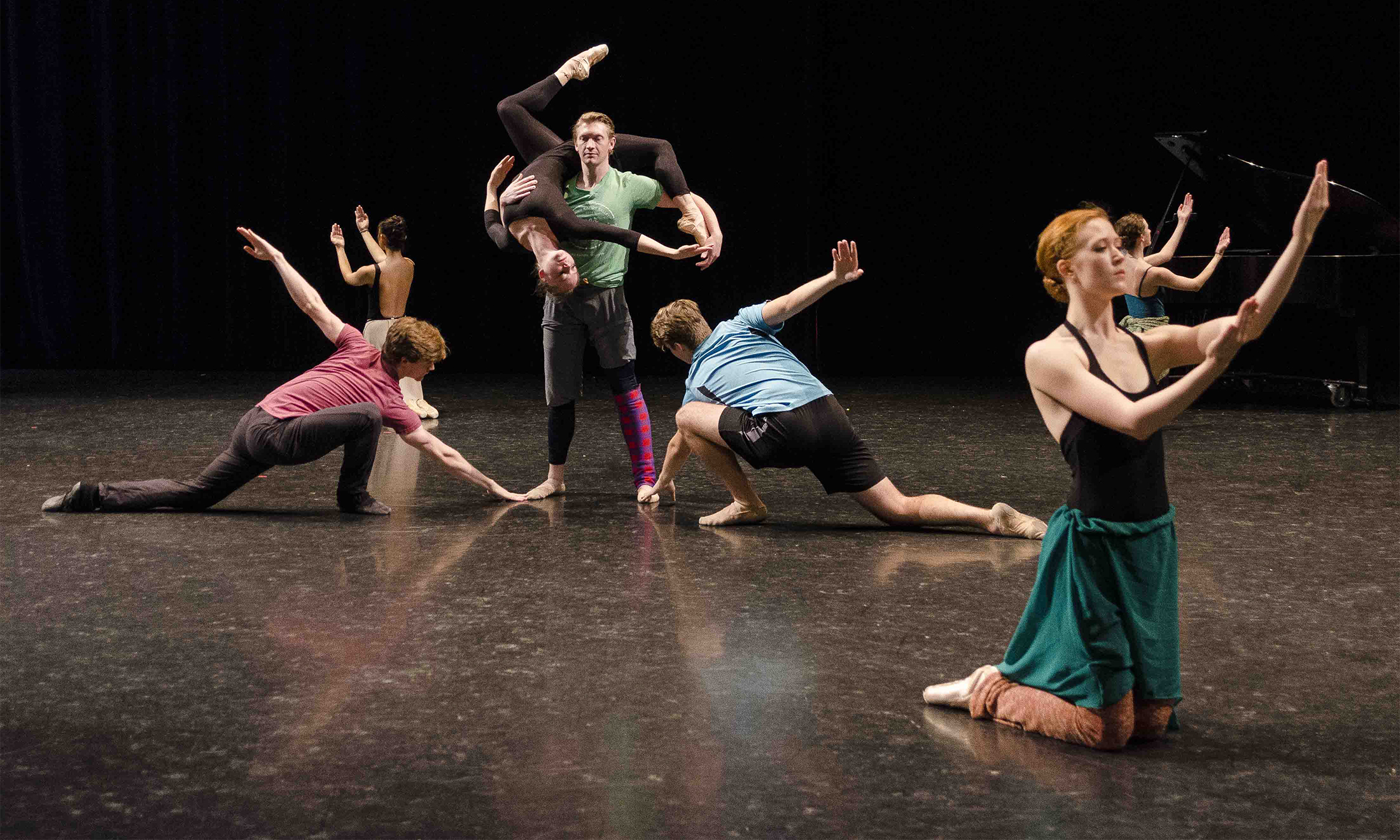
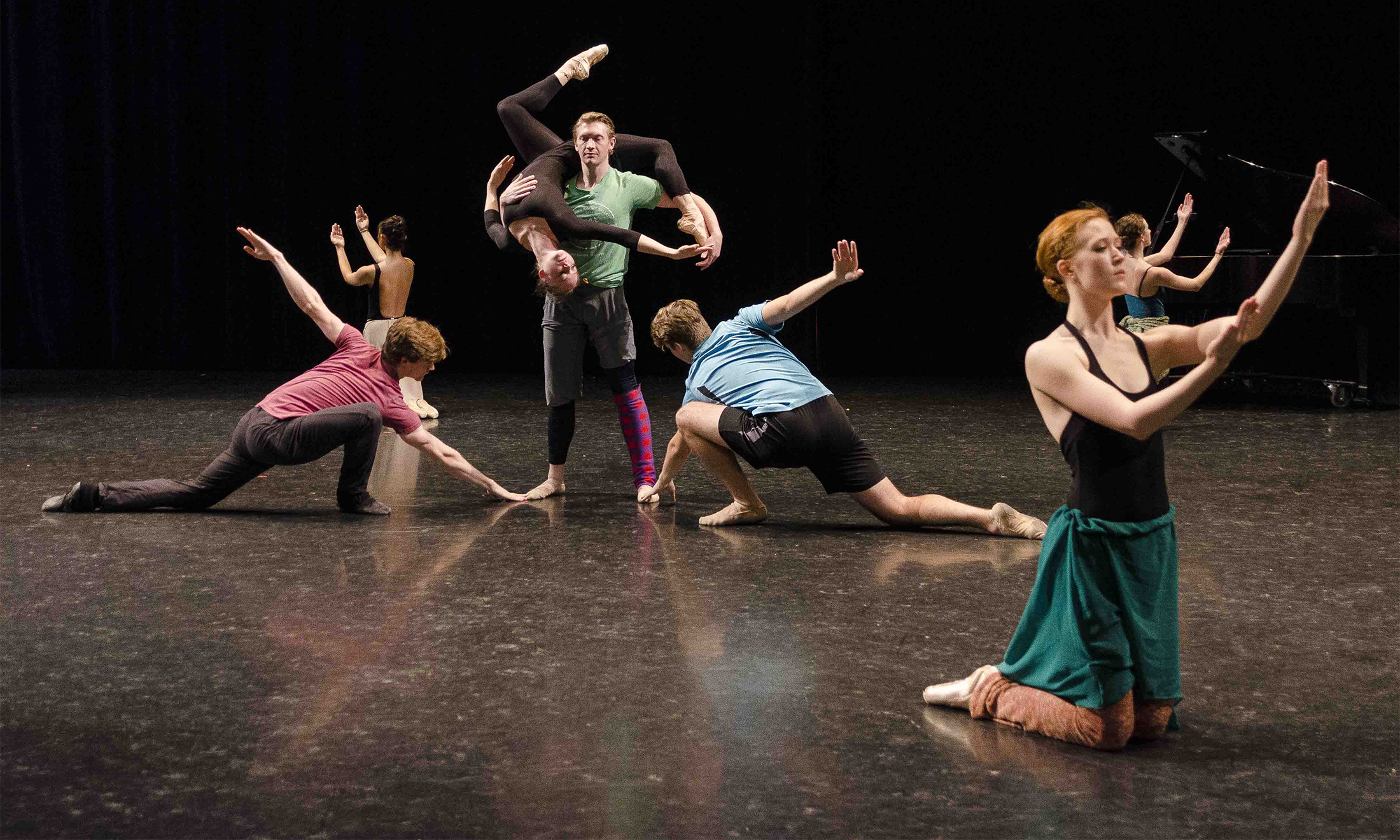
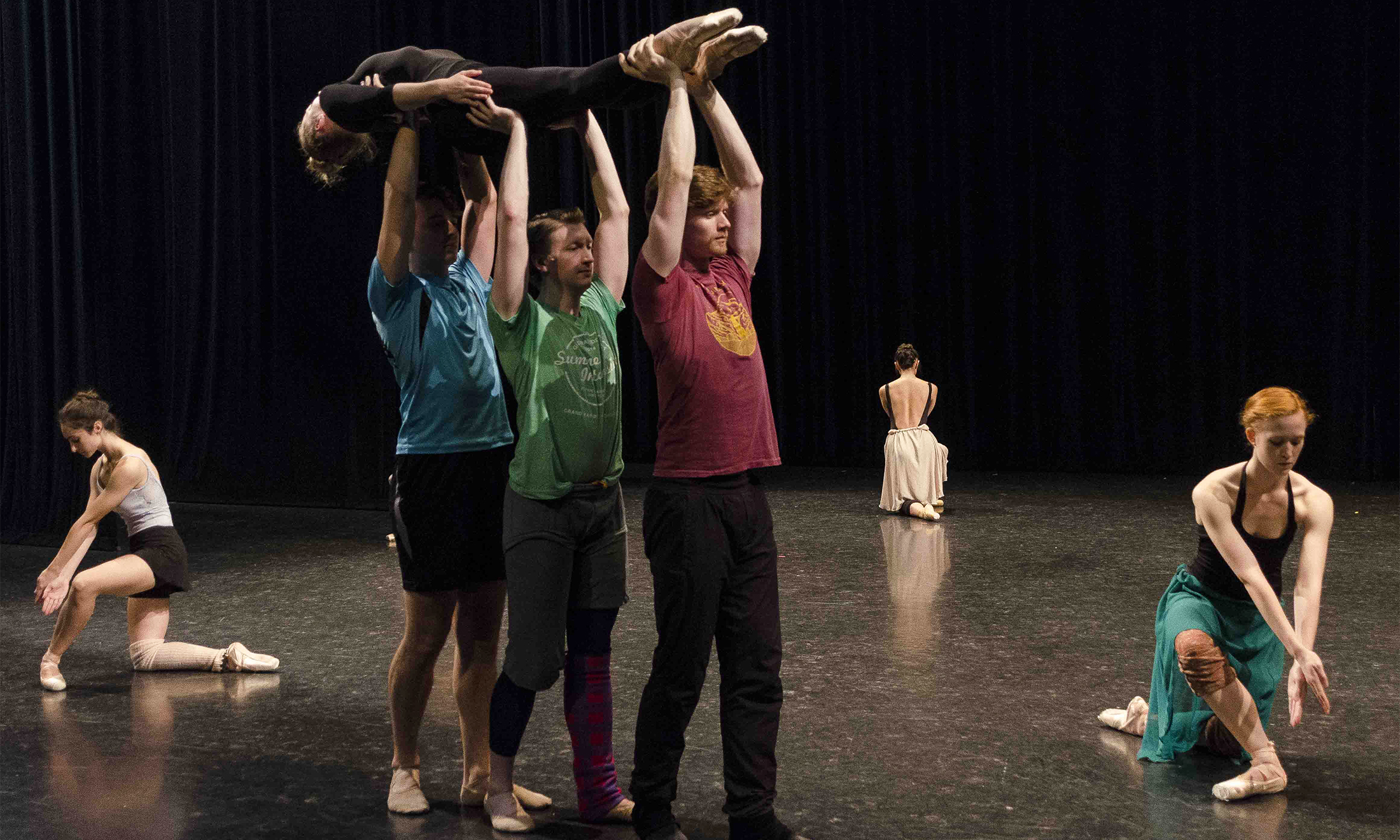
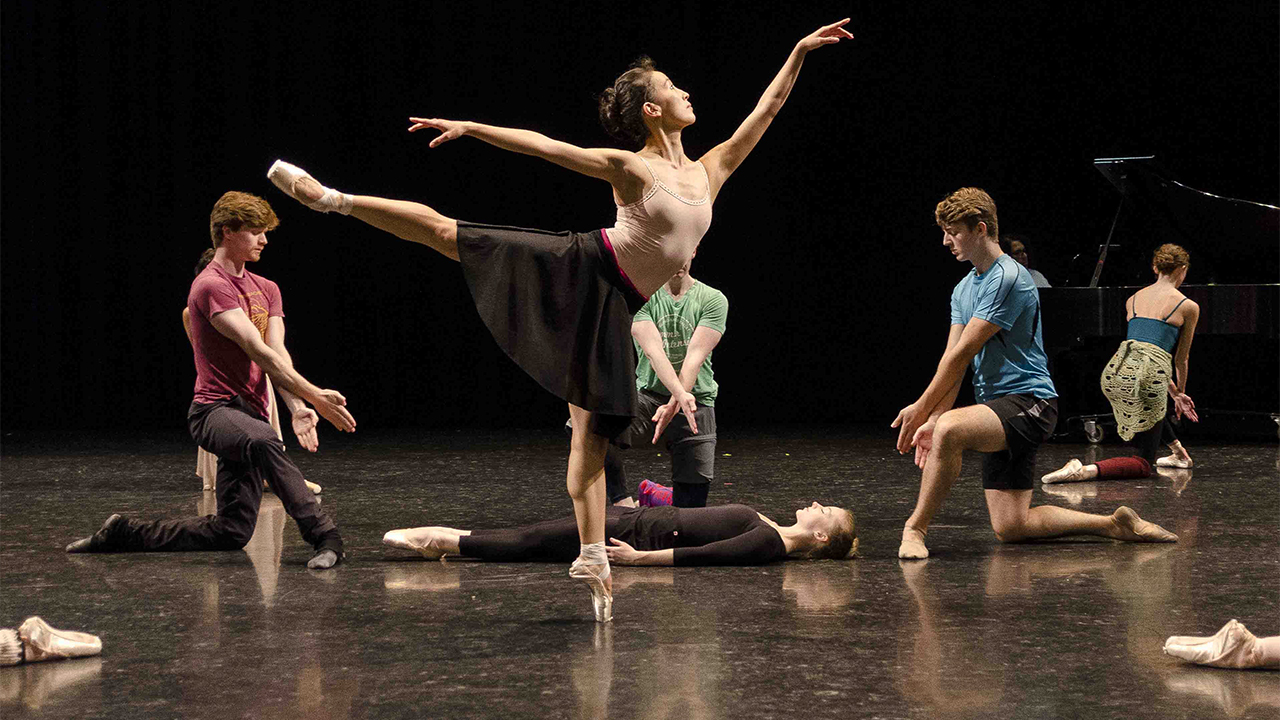
Oakland University’s School of Music, Theatre and Dance will present Envisioning Marche Funébre: A Study in the Early Choreography of George Balanchine at 7 p.m. on Saturday, Nov. 3 in the Oakland Center Banquet Rooms.
The “lost” ballet, Marche Funébre, by renowned choreographer George Balanchine has not been performed since 1923. It has been painstakingly reconstructed over more than a decade by Elizabeth Kattner, an assistant professor of dance at Oakland University.
“Depending on who you talk to, Balanchine is considered one of the great creative geniuses of the 20th century; not just in dance, but in general because what he did was so groundbreaking,” Kattner said. “He’s basically the person who brought ballet to America. It had been here before, but he raised the level of the art form.”
Born in St. Petersburg, Russia in 1904, Balanchine is regarded as the foremost choreographer in the world of ballet. At age nine, he was accepted into the ballet section of St. Petersburg’s rigorous Imperial Theatre Ballet School, which is now known as the Vaganova Academy of Russian Ballet.
“While he was there the Russian Revolution happened,” Kattner said. “During those early years of the Revolution, there were a lot of people vying for power so it was very dangerous. Sometimes there were bullets flying through the windows at school, but the students kept it together, and they say it was the ballet that saved them during this time.”
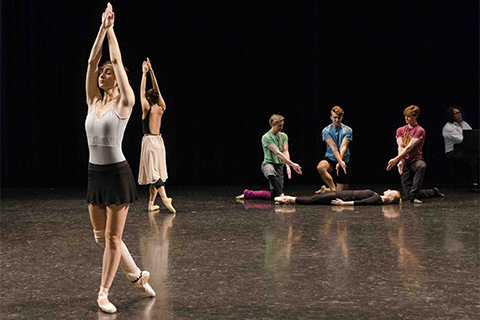 |
Balanchine graduated with honors in 1921 and joined the corps de ballet of the Mariinsky, which was later renamed the State Theatre of Opera and Ballet. While continuing to dance, Balanchine also enrolled in the Petrograd Conservatory of Music, where he studied piano, music theory, and music composition.
In 1923, Balanchine and some of his colleagues formed a small troupe, the Young Ballet, for which he composed several works in an experimental vein, including Marche Funébre, which resulted in the performers being threatened with dismissal from the State Theatre if they continued to participate.
The following year, Balanchine and three other dancers were permitted to leave the newly formed Soviet Union for a tour of Western Europe. They chose not to return, and joined the renowned Ballets Russes, which was based in Paris.
Balanchine came to the United States in late 1933, at the age of 29, after accepting the invitation of the young American arts patron Lincoln Kirstein, and established the School of American Ballet in 1934 and the New York City Ballet in 1948. He served as its ballet master and principal choreographer from 1948 until his death in 1983.
“I’ve always loved Balanchine,” Kattner said. “I also love history and dance, so when I saw what Millicent Hodson and Kenneth Archer were doing, I knew that this was an opportunity to bring my two passions together.”
Hodson and Archer, who are based in London, are renowned for their work in reconstructing lost ballet masterpieces from the early 20th century. In 2017, they visited Oakland University and worked with OU Dancers on a performance of The Autumn of the Rite of Spring, an interpretation of Le Sacre du Printemps, another “lost” ballet by Vaslav Nijinsky.
“I met Millicent and Kenneth in 2004 in Finland, where they had reconstructed another early Balanchine ballet called Valse Triste from 1922,” Kattner said. “That’s where I got introduced to this idea of taking a ballet that has been lost, putting it back together, and putting it on stage.”
Working from two photographs and a firsthand account of the original performance by Russian ballet historian Vera Kostrovitskaya and the two lead dancers, Alexandra Danilova and Tamara Geva, Kattner set about reconstructing the choreography of the lost ballet.
“A ballet becomes lost when it isn’t passed from one generation to the next,” Kattner said. “Music has a score, theatre has a script, but ballet is passed on person-to-person. If it isn’t passed on in time, it’s gone. Film has changed that radically, but most ballets weren’t regularly filmed until the 1980s. Sometimes, you’ll luck out and find whole videos from before that time, but usually it’s just fragments.
“There was no film of this performance, so I’m basically taking these photographs, textual materials, and descriptions from witnesses — some of which were written 50 years after the event — and using that information to reconstruct the original performance.”
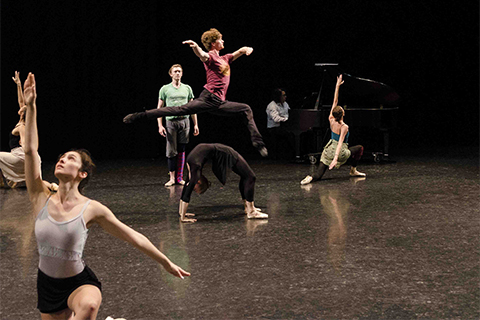 |
According to Kattner, much of the information came from interviews and memoirs, as well as the oral history archives at the New York Public Library for the Performing Arts and Kostrovitskyaya’s personal papers at the Central State Archive of Literature and Arts in St. Petersburg. She also traveled to Finland and Rome to conduct research on the ballet.
“This particular project is really the culmination of over 30 years of work because I consider the beginning to be my very first ballet class when I was a little girl,” Kattner said. “I wouldn’t be able to choreograph, to know the dance vocabulary, to read the text, to know what they mean and put it on dancers without the training that I’ve been doing for all these years.”
As part of the process, Kattner also had to obtain permission from The George Balanchine Trust — the entity responsible for licensing the ballets of George Balanchine — to perform the lost work at Oakland University.
“Every bit of his choreography is copyrighted by the Trust, so whenever I work with dancers in studio, I have to get permission from them,” she said. “Fortunately, they’ve been very supportive of the project."
In addition to the Trust, Kattner has been working with the Grand Rapids Ballet and pianist and musical répétiteur Christian Matijas-Mecca to bring her visualization of Marche Funèbre to the OU stage. Oakland University dance costume designer Christa Koerner is creating costumes for the performance based on the photographs of the original performance.
“There are many people in dance history who think you shouldn’t do this kind of work because it’s not perfect,” Kattner said. “Well, we don’t do Swan Lake or Sleeping Beauty or any of the big ones as they were originally done either. You can see the seeds of all of Balanchine’s future work in Marche Funébre. It’s not a masterpiece, but it is a ballet by a master.”
Sponsored by The Judd Family Endowed Fund, the Nov. 3 performance of Envisioning Marche Funébre: A Study in the Early Choreography of George Balanchine is free and open to the public. The event also includes a lecture demonstration on the process of working with lost choreography.


 September 27, 2018
September 27, 2018